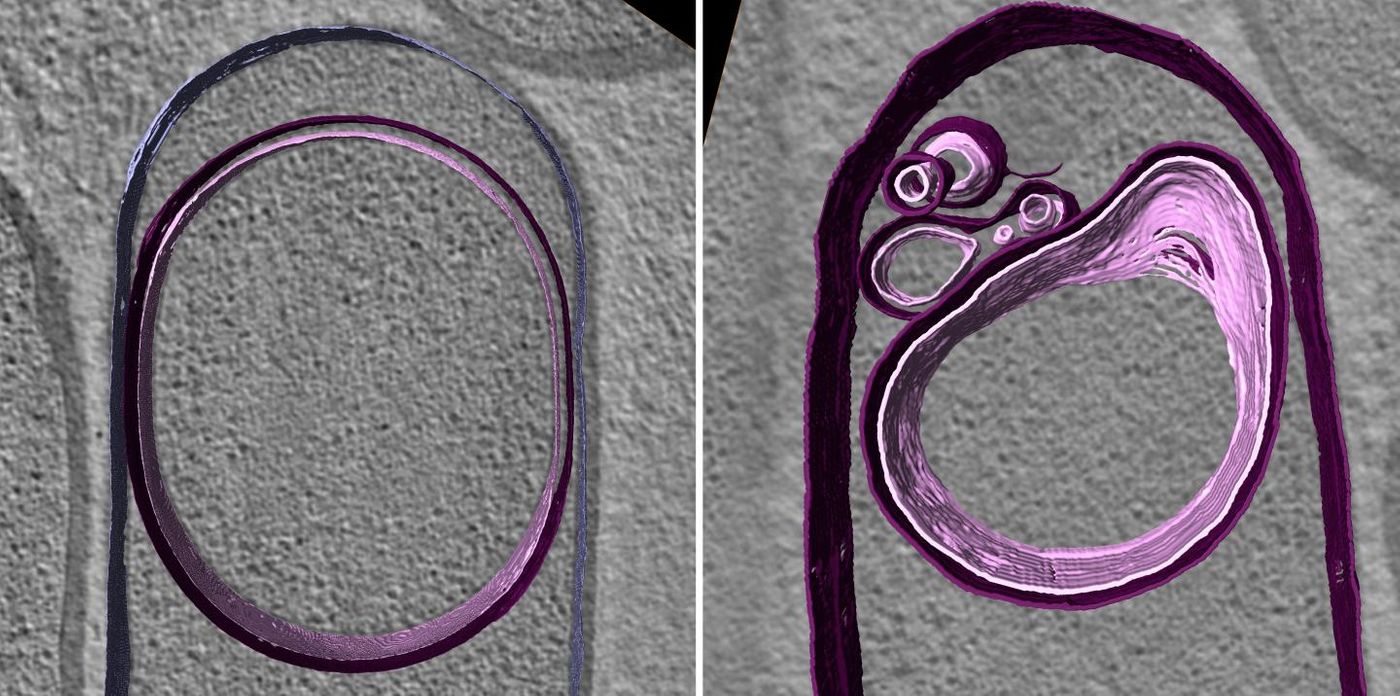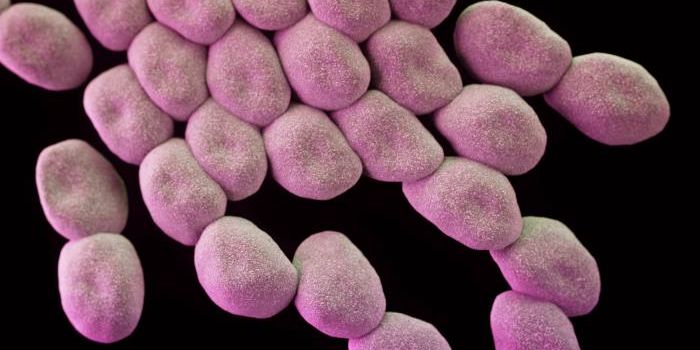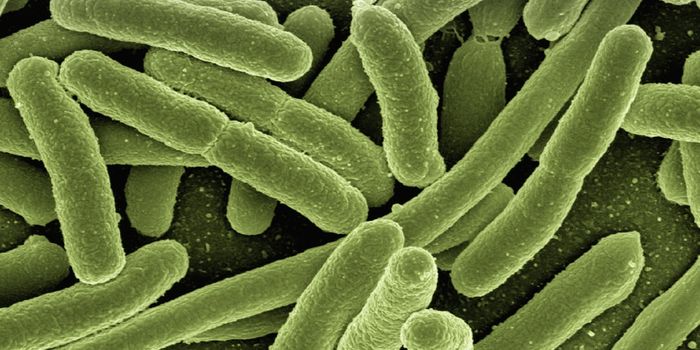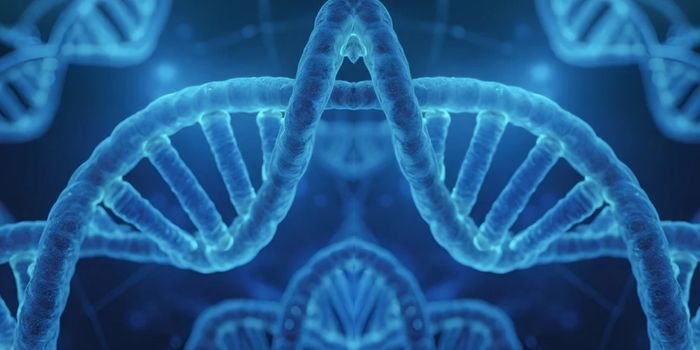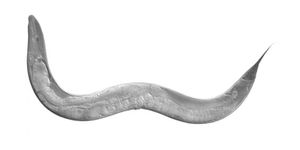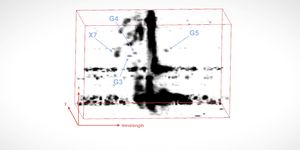DNA Pumps up Bacterial Cells
Cells are the basic building blocks of life, and have been well-studied since they were discovered in 1655. There are many different structures in the cell and even more molecules and chemicals that make it all work, and many of them are still a mystery to us. Researchers continue to study the basic processes of life in cells, and often those discoveries have unexpected applications. New work by scientists at UC San Diego and Imperial College in London has identified a surprising role for the DNA of bacterial cells.
Reporting in Cell, researchers Javier Lopez-Garrido, Kit Pogliano and colleagues used the bacterium Bacillus subtilis to show that DNA doesn’t only provide the blueprint for everything in the cell to be made. It also provides architectural support, pumping up the bacterium.
"Our study illustrates that DNA acts like air in a balloon, inflating the cell," said Lopez-Garrido, an assistant research scientist in UC San Diego's Division of Biological Sciences and the study's first author. "DNA is best known for being the molecule with genetic information but it's becoming more and more obvious that it does other things that are not related to that."
Their work, said the researchers, may have applications for human cells; it may reveal more about how our cells are formed and shaped, and it could provide insight into mechanical processes and the structure of organelles like the nucleus and mitochondria.
Modern bacterial cells, noted Lopez-Garrido, can control their internal pressure. This data could help scientists understand the origins of cellular life since these internal control mechanisms were absent from primitive cells when life first arose on the planet. This study may be showing us more about how those first cells worked.
"Biologists tend to think of cell growth as following normal, biosynthetic pathways, but we found a pathway that is not normal, as it does not depend on processes normally required for growth," said the senior author of the study Kit Pogliano, a professor in the Section of Molecular Biology. "All you need for this cell to grow is to inflate it with DNA and its associated positively charged ions, and the ability to make more membrane so the cell can get bigger. Nothing else seems to be required."
With a fluorescent microscope that could take time-lapse images, B. subtilis cells could be tracked through sporulation, as they formed. As the process went on, the cell split into a mother and forespore - a smaller cell. Cryo-electron tomography showed that mother cells were inflating the forespore with DNA, stretching and swelling the little cell until a new cell was formed (as seen in the video - the membrane is red, DNA is green).
"It's amazing how we are just beginning to scratch the surface of how physics impacts living organisms," said Pogliano. "This is a unique example of a very simple biophysical property impacting cell shape, and it illustrates the value of physicists working closely with biologists. Understanding how physics and biology intersect is a huge area for future growth."
ASM profiles the Pogliana lab in the video.
Sources: AAAS/Eurekalert! via UCSD, Cell
